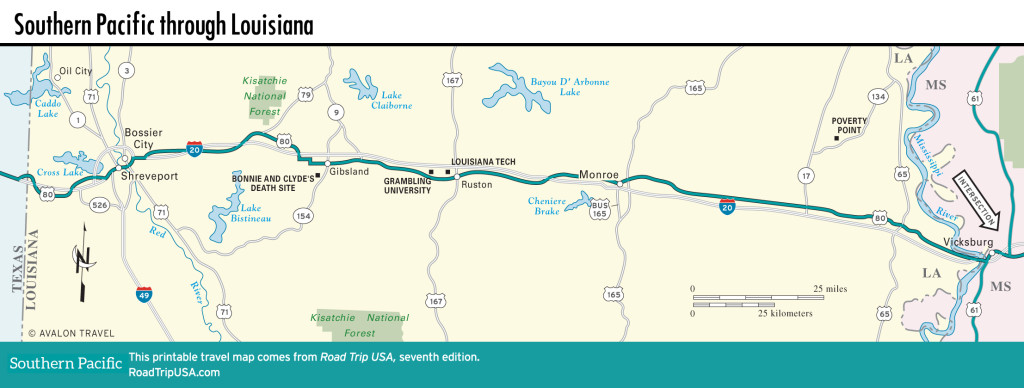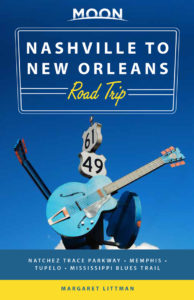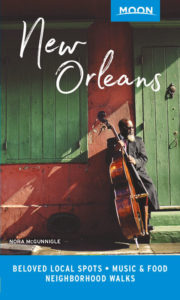Shreveport and Bossier City
Shreveport (pop. 188,987) is named in honor of Capt. Henry Shreve, who in the 1830s cleared the Red River of a 165-mi (265-m) logjam known as the Great Raft that had blocked navigation. He then “bought” the land from native Caddo people. A King Cotton town that thrived in the antebellum years and survived the war physically, though not economically, unscathed, it is now a busy industrial city rising on the west bank of the Red River. Along with its stepbrother across the river, Bossier City (pop. 68,235; pronounced “BO-zher”), Shreveport is a center of the Louisiana oil business, which is small only when compared to that of Texas and is still hugely important. The two cities are hot spots of Louisiana’s nascent gambling industry, with a line of major resort-casinos along the riverfront attracting people from all over the tristate “Ark-La-Tex” region—including the lively Horseshoe (711 Horseshoe Blvd., 800/895-0711), a 24-story Caesars hotel and 3-story faux riverboat floating in a shallow pond on the Bossier City side.
Downtown Shreveport is the usual mix of turn-of-the-20th-century brick buildings and boarded-up shop fronts, with a handful of interesting structures surviving near the river, facing the casinos and shopping malls of Bossier City on the other side.
The nicest part of town is the leafy Highland Historic District, stretching south from the end of Market Street, south of I-20 between the river and the I-49 freeway. This is where you’ll find the grand old houses of the landed gentry, many of which look like they belong in Gone With the Wind, despite the fact that almost all of them date from the 20th century. While you’re in the area, stop at the homey Strawn’s Eat Shop (125 Kings Hwy., 318/868-0634) for yummy hash browns, biscuits, fried chicken, and seasonal strawberry pies.
The Bossier City casinos sometimes offer good deals on accommodations. All the usual hotel and motel chains line I-20.
Map of the Southern Pacific Route through Louisiana
















